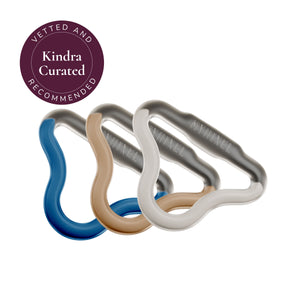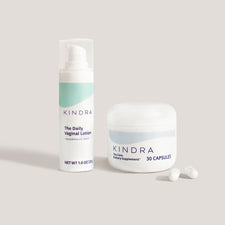Ladies, let's be real: menopause can be a real pain* in the...well, everywhere. From hot flashes to mood swings to joint pain, it can be a rollercoaster of discomfort. But fear not! oHHo's Recovery Balm is here to save the day (and your sanity). This magical balm is packed with natural ingredients that have been scientifically proven to help reduce inflammation and relieve pain*.
One of the superstars in Recovery Balm is CBD, which comes from the hemp plant (don't worry, it won't get you high). CBD is known for its anti-inflammatory properties, which makes it perfect for easing joint pain* and inflammation.
CBD Recovery Balm
But wait, there's more! Recovery Balm also contains shea butter and vitamin E for ultimate hydration.
To use Recovery Balm, just slather it on the area that needs some TLC and massage it in. It's fast-acting, so you'll be feeling better in no time. Plus, it's made with natural ingredients, so you can feel good about what you're putting on your body.
So, if you're ready to say goodbye to the discomfort of menopause, give Recovery Balm a try. It's like a spa day in a jar, and your body will thank you for it.
*The statements made have not been evaluated by the Food and Drug Administration. This product is not intended to diagnose, treat, cure or prevent any disease. Please consult a health care professional before incorporating our product into your daily regimen. Products on this site contain a value of 0.3% THC or less; Products on this site contain Hemp.
Sources:
Menopause. (2020). National Institute on Aging. https://www.nia.nih.gov/health/menopause
Topical CBD for Pain. (2020). Harvard Health Publishing. https://www.health.harvard.edu/blog/topical-cbd-for-pain-2020072711871
Arnica. (2020). Healthline. https://www.healthline.com/health/arnica
Ginger. (2020). Healthline. https://www.healthline.com/nutrition/11-proven-benefits-of-ginger
Cannabinoids in the management of difficult to treat pain. (2018). Therapeutics and Clinical Risk Management, 14, 2341–2355. https://doi.org/10.2147/tcrm.s167276














